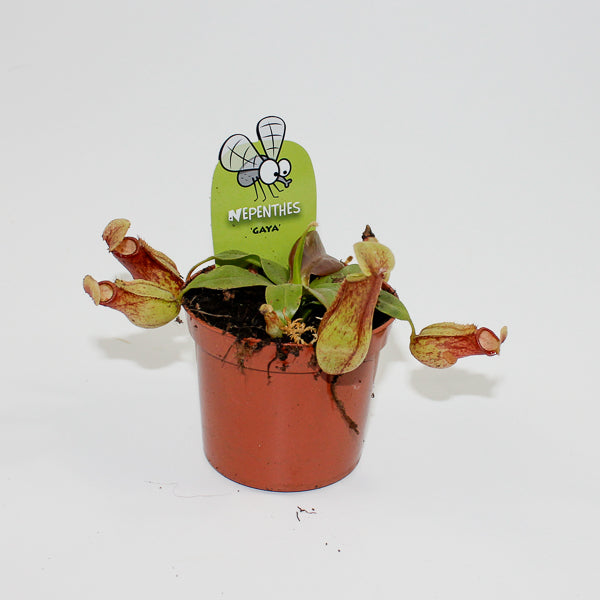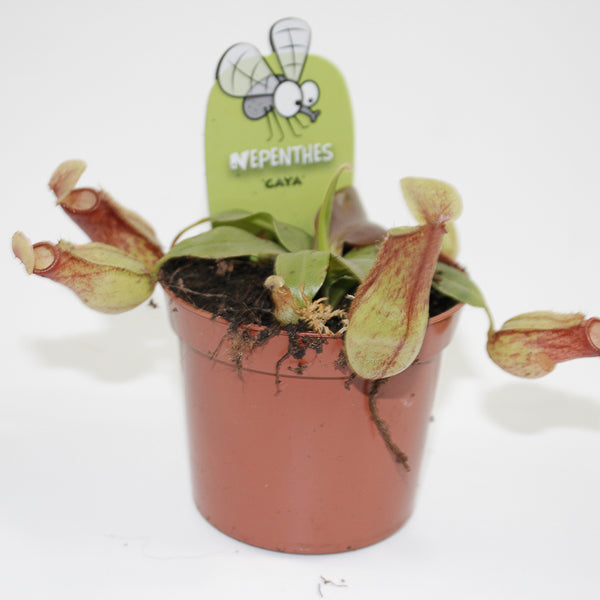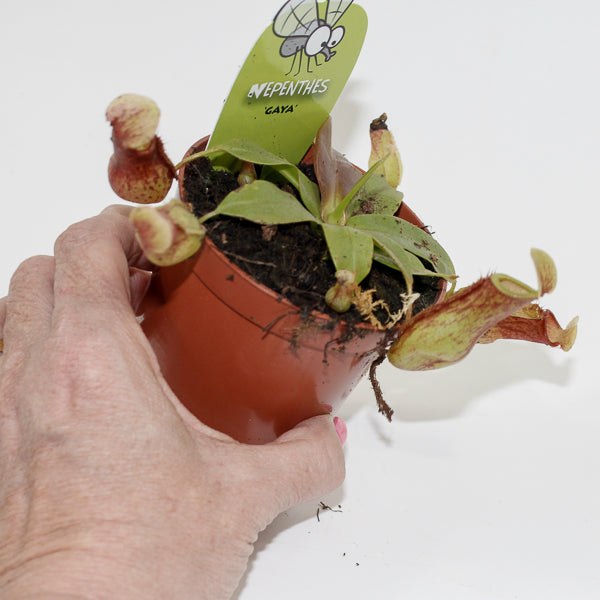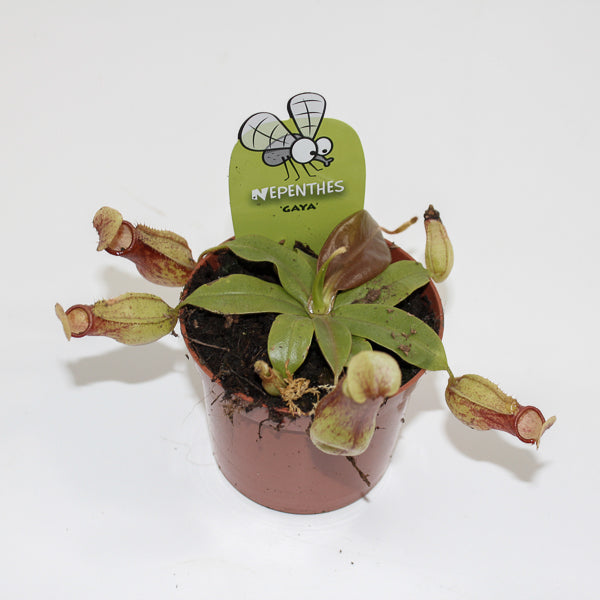1
/
of
9
Emm's Plant House
Nepenthes Pitcher Plant Ø8.5cm H20cm
Nepenthes Pitcher Plant Ø8.5cm H20cm
Regular price
£16.00 GBP
Regular price
Sale price
£16.00 GBP
Unit price
/
per
Taxes included.
Couldn't load pickup availability
Nepenthes, commonly known as the Pitcher Plant, is a unique and fascinating carnivorous plant. This genus is known for its distinctive pitcher-shaped leaves, which trap and digest insects to supplement the plant’s nutrient intake. Nepenthes plants are often called "tropical pitcher plants" due to their preference for warm, humid environments. The vibrant, often red or green, pitchers and the plant's ability to capture prey make it a captivating addition to any collection.
- Full Botanical Name: Nepenthes spp.
- Common Names: Pitcher Plant, Tropical Pitcher Plant
- Country and/or Region of Origin: Native to tropical regions of Southeast Asia, Madagascar, and Australia
- Growing Conditions in Native Habitat: Grows in humid, tropical forests with well-draining soil, often in nutrient-poor environments where it traps insects for added nutrients
Care Guide
Care Guide
Share


















